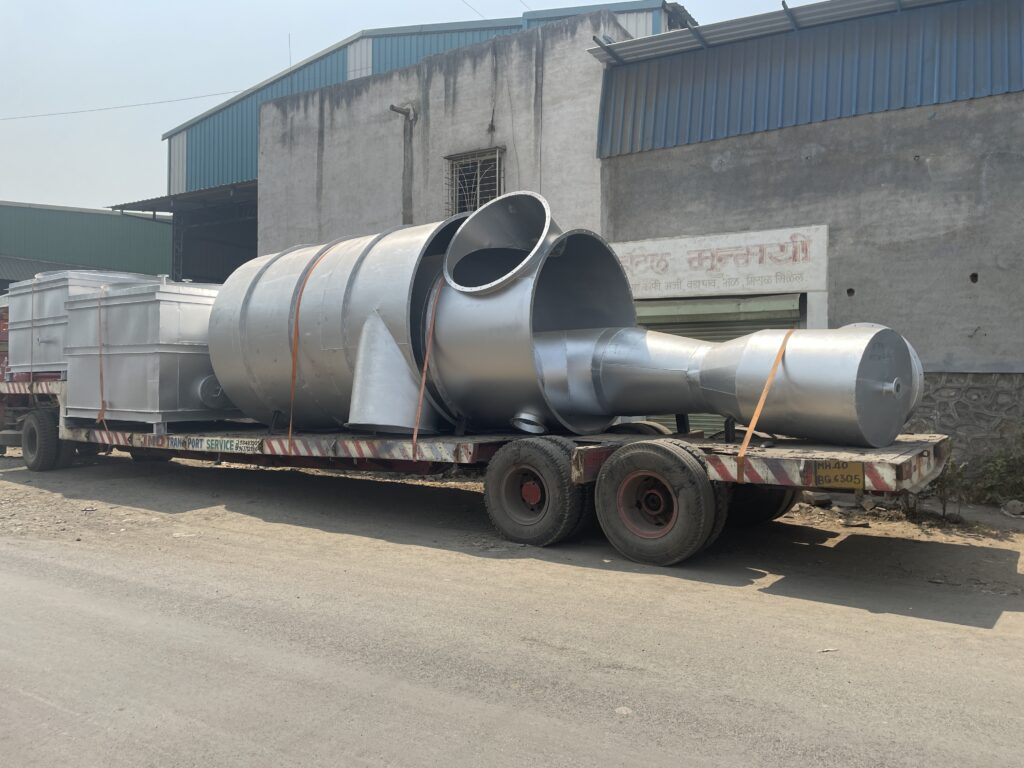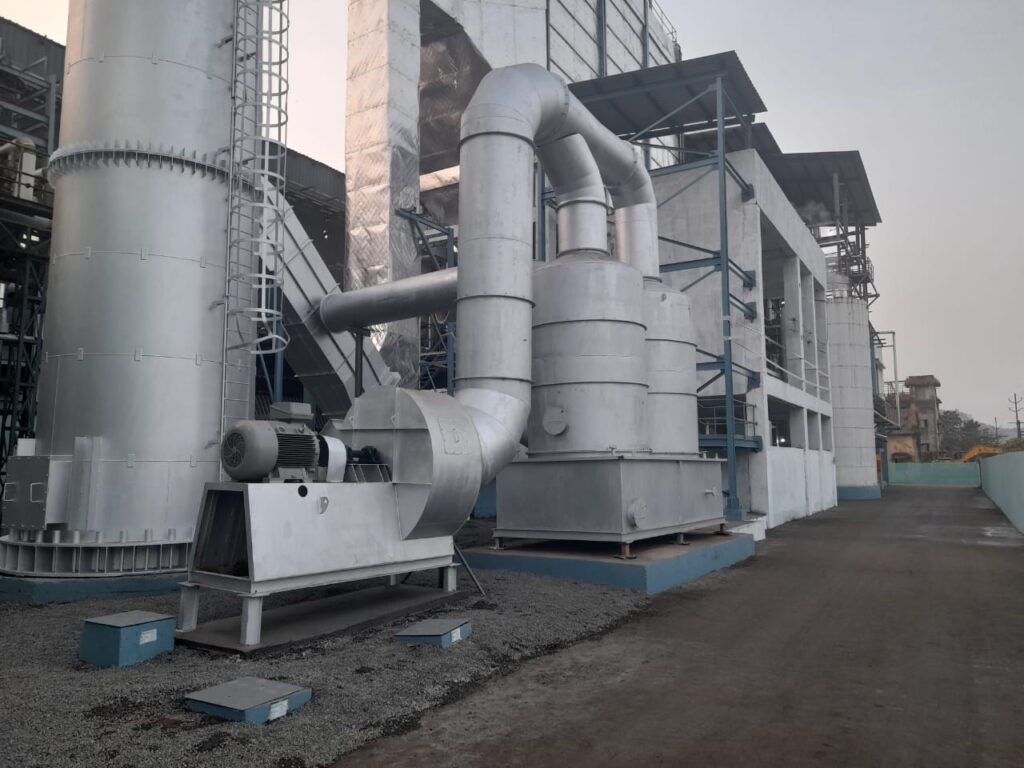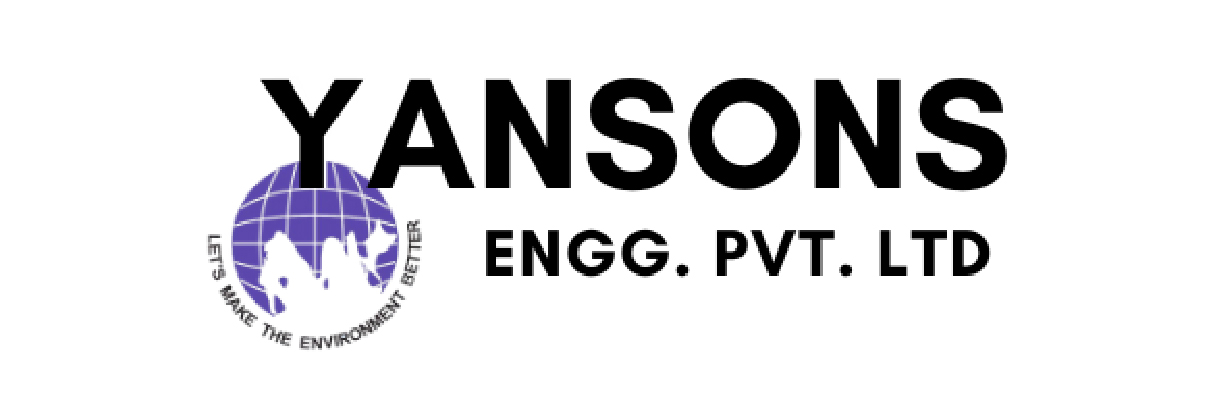Boiler Flue Gas Wet Scrubbing System
Description
A scrubbing system for boiler flue gas, also known as a flue gas desulfurization (FGD) system, is used to remove pollutants from the flue gas emitted by boilers. Here are the key aspects of a successful complete project for a scrubbing system


Successful Complete Project
Successful completion of the scrubbing system project for boiler flue gas is achieved when the following goals are met:
- Effective removal of targeted pollutants from the boiler flue gas.
- Compliance with emissions regulations and attainment of required emissions limits.
- Reduction of environmental impact by minimizing pollutant emissions.
- Protection of public health by reducing harmful emissions.
- Reliable and efficient operation of the scrubbing system with proper maintenance and monitoring.
Problems
Boiler flue gas from industrial processes often contains pollutants such as sulfur dioxide (SO2), nitrogen oxides (NOx), particulate matter, and other harmful gases. These pollutants contribute to air pollution, environmental damage, and potential health hazards. Compliance with emissions regulations becomes a critical concern for boiler operators.
Solutions
Implementing a scrubbing system, specifically a flue gas desulfurization (FGD) system, can effectively remove pollutants from boiler flue gas. A successful scrubbing system project will ensure compliance with emissions regulations, reduce environmental impact, and protect public health.
Process
The successful completion of a scrubbing system project for boiler flue gas involves the following steps:
Step 1 – System Design And Feasibility Study
- Conduct a thorough assessment of the boiler flue gas composition, flow rate, and specific pollutants to be targeted.
- Determine the appropriate type of scrubbing system based on factors such as efficiency, cost-effectiveness, and compatibility with existing boiler infrastructure.
- Perform a feasibility study to assess the technical and economic viability of the project.
Step 2 -Equipment Selection
- Choose the appropriate scrubbing system technology based on the identified pollutants and desired removal efficiency. Common types include wet scrubbers, dry scrubbers, and selective catalytic reduction (SCR) systems.
- Select auxiliary equipment such as pumps, fans, and control systems that are compatible with the chosen scrubbing system.
Step 3 – Equipment Selection
- Select the appropriate vacuum equipment based on the design and requirements of the facility.
- Choose central vacuum units, vacuum pumps, or portable vacuum cleaners depending on the size and layout of the facility.
- Identify and acquire the necessary accessories and attachments for material handling, waste collection, and cleaning tasks.
Step 4 - Installation
- Install the scrubbing system and associated equipment, following manufacturer guidelines and engineering best practices.
- Ensure proper integration with the boiler flue gas system, including connections to the flue gas stack, exhaust ducts, and appropriate power supply.
- Implement necessary safety measures and comply with relevant regulations during the installation process.
Step 5 – Testing And Commissioning
- Start the scrubbing system and perform thorough testing to ensure its functionality, efficiency, and compliance with emissions regulations.
- Conduct performance tests to measure the removal efficiency of targeted pollutants and validate compliance with emissions limits.
- Fine-tune the system as needed to optimize performance and address any issues or discrepancies.
